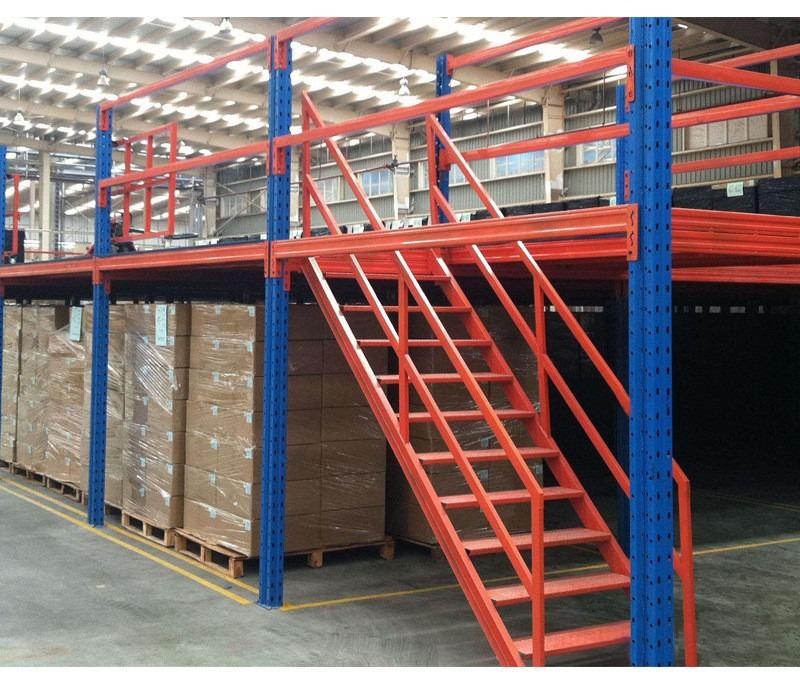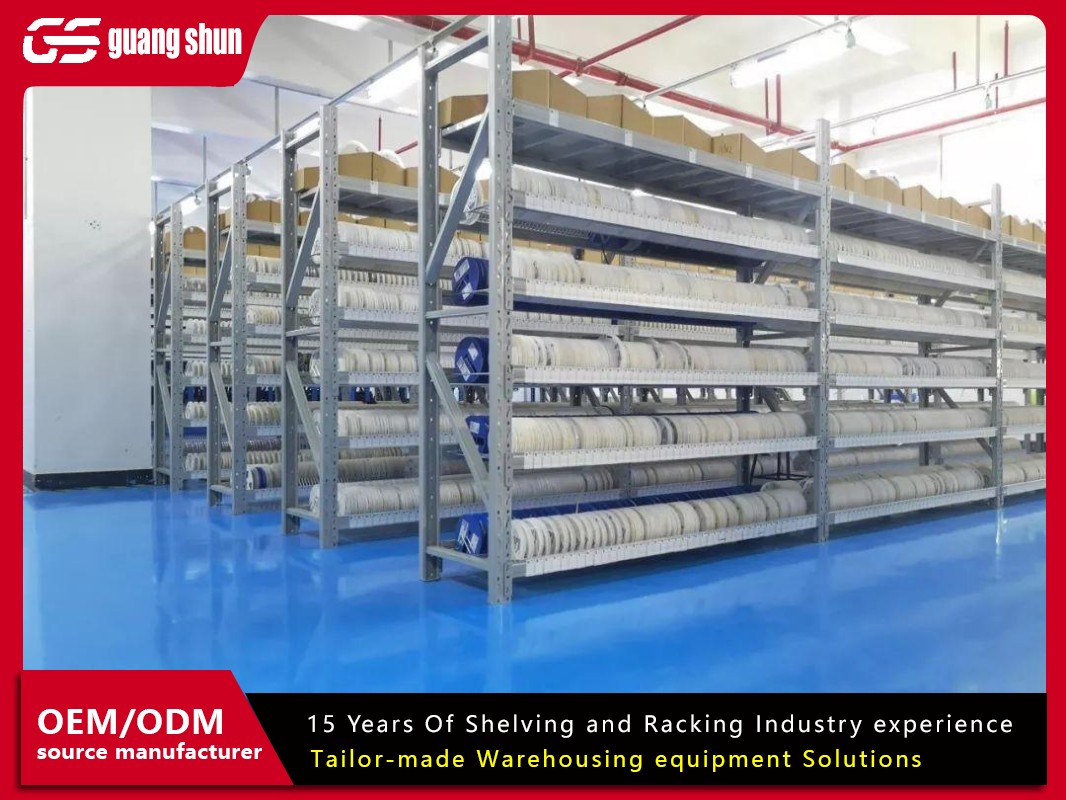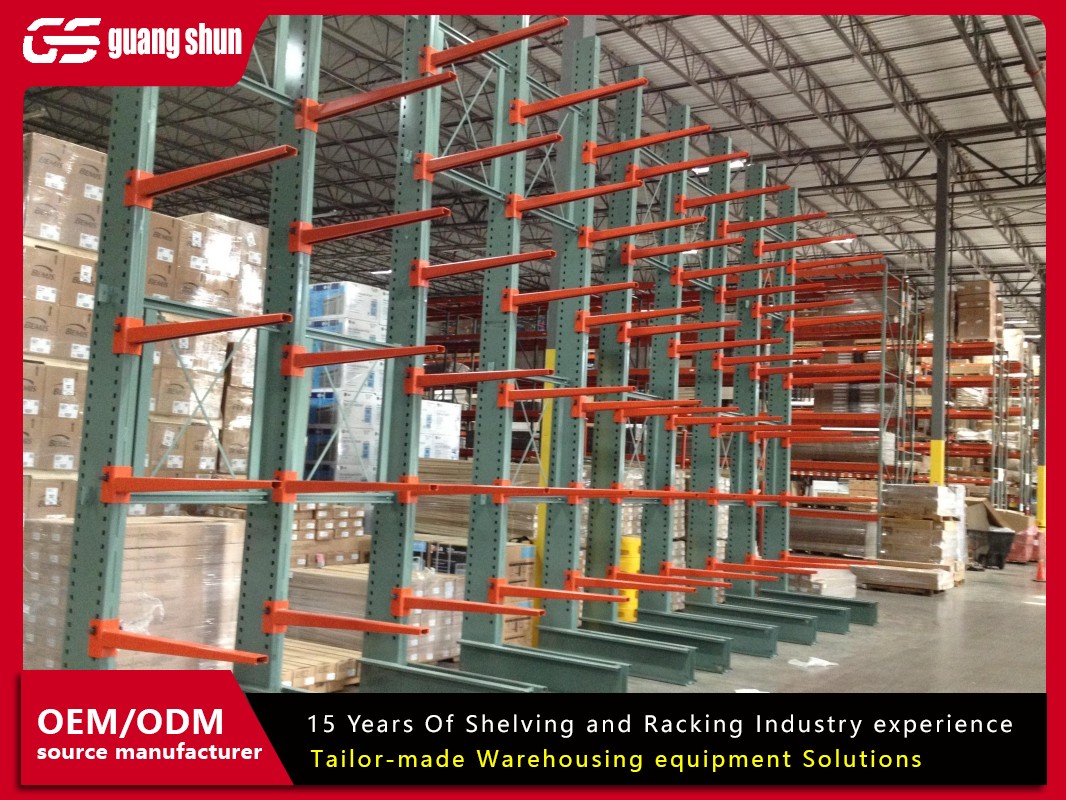If you're managing a warehouse or industrial storage facility, you've probably heard the term "rack beam" tossed around in discussions about optimizing space and improving safety. But what exactly is a rack beam, and why does it matter so much for your operations? In simple terms, a rack beam is the horizontal component of a storage rack system that supports the load, such as pallets or containers, and connects to the upright frames. It's a critical element that can make or break your storage setup, impacting everything from capacity to cost-efficiency. With the rise of e-commerce and just-in-time inventory systems, selecting the right rack beam has become more important than ever. In this article, we'll uncover seven essential factors to consider when choosing a rack beam, helping you avoid common pitfalls and enhance your storage solutions. Whether you're setting up a new facility or upgrading an existing one, this guide will provide practical insights without the fluff.

Understanding the Basics: What is a Rack Beam?
A rack beam, often referred to as a storage rack beam or pallet rack beam, is a fundamental part of any racking system. It's designed to bear the weight of stored items and distribute that load evenly across the structure. Typically made from high-strength steel, rack beams come in various shapes and sizes, including step beams and box beams, each suited for different applications. For instance, in a warehouse handling heavy pallets, the rack beam must withstand significant stress without bending or failing. Understanding this component's role is the first step toward making an informed decision. After all, a well-chosen rack beam can improve storage density, reduce accidents, and extend the lifespan of your entire rack system.
Types of Rack Beams: Which One Fits Your Needs?
Not all rack beams are created equal. The market offers several types, each with unique features. Step beams, for example, have a distinctive notched design that allows for easy adjustment of shelf levels, making them ideal for dynamic environments where inventory changes frequently. Box beams, on the other hand, are fully enclosed and provide superior strength for heavy-duty applications, such as in manufacturing plants. Then there are roll-formed beams, which are cost-effective and suitable for lighter loads, while structural beams offer enhanced durability for high-capacity needs. When evaluating rack beam options, consider factors like load requirements, space constraints, and compatibility with your existing rack system. This variety ensures that you can find a rack beam that aligns with your specific operational demands.
Factor 1: Load Capacity and Weight Distribution
One of the most critical aspects of selecting a rack beam is its load capacity. This refers to the maximum weight the beam can safely support, and it's usually measured in pounds or kilograms per beam. Underestimating this factor can lead to catastrophic failures, including beam deformation or collapse. To determine the right capacity, assess the average and peak weights of the items you'll store. For example, if you're handling bulky automotive parts, you might need a heavy-duty rack beam rated for several thousand pounds. Additionally, consider how the weight is distributed—uneven loading can stress the rack beam unevenly, reducing its effectiveness. Always consult load charts and, if possible, conduct stress tests to ensure your rack beam choice can handle real-world conditions.
Factor 2: Material and Durability Considerations
The material of a rack beam directly impacts its longevity and performance. Most rack beams are crafted from steel, but the grade and treatment matter. Galvanized steel, for instance, offers excellent corrosion resistance, making it suitable for humid environments like cold storage warehouses. Powder-coated options provide an extra layer of protection against scratches and rust. When comparing materials, think about the operating environment: will the rack beam be exposed to moisture, chemicals, or temperature fluctuations? A durable rack beam not only lasts longer but also minimizes maintenance costs and downtime. Don't forget to check for certifications, such as ISO standards, which indicate quality and reliability in rack beam manufacturing.

Factor 3: Compatibility with Your Rack System
A common mistake is purchasing a rack beam without ensuring it fits seamlessly into your current rack system. Compatibility issues can lead to installation headaches, safety hazards, and wasted resources. For example, if your upright frames have specific connector types, the rack beam must match those specifications. Measure the beam length, height, and connection points carefully. Many suppliers offer customizable rack beam solutions, so don't hesitate to ask for tailored options. Also, consider future expansions—will this rack beam integrate with additional modules if you scale up? A compatible rack beam ensures a smooth setup and optimal performance across your storage infrastructure.
Factor 4: Safety Features and Regulatory Compliance
Safety should never be an afterthought when dealing with rack beams. Look for features like safety locks or boltless designs that prevent accidental dislodgement. In many regions, rack beams must comply with industry standards, such as those from the Rack Manufacturers Institute (RMI) or OSHA guidelines. These regulations often cover aspects like load ratings, installation procedures, and inspection protocols. A compliant rack beam reduces the risk of workplace accidents and potential liabilities. Regular inspections and employee training on rack beam usage are also crucial. Remember, a safe rack beam isn't just about avoiding fines—it's about protecting your team and assets.
Factor 5: Cost and Budgeting Insights
Cost is a significant factor in any procurement decision, and rack beams are no exception. Prices can vary based on material, size, and customization. On average, a standard rack beam might cost between $50 and $200, but high-capacity models can exceed that. However, don't just focus on the upfront price—consider the total cost of ownership. A cheaper rack beam might save money initially but require frequent replacements, driving up long-term expenses. Evaluate factors like warranty, maintenance needs, and energy efficiency (e.g., in automated systems). Budgeting for quality rack beam solutions can lead to better ROI by enhancing storage efficiency and reducing operational disruptions.
Factor 6: Ease of Installation and Maintenance
The installation process for a rack beam can influence your overall timeline and labor costs. Some beams are designed for quick, tool-free assembly, which is great for businesses with limited technical staff. Others might require professional installation due to complex configurations. Similarly, maintenance needs vary; for instance, a rack beam with a smooth surface is easier to clean and inspect for damage. Establish a routine maintenance schedule that includes checking for signs of wear, such as cracks or rust. Properly maintained rack beams can serve you for decades, so factor in the time and resources needed for upkeep when making your selection.
Factor 7: Environmental and Sustainability Aspects
In today's eco-conscious world, sustainability is becoming a key consideration. Many rack beams are now made from recycled materials or designed for recyclability at the end of their life cycle. Additionally, energy-efficient designs, like those used in automated storage and retrieval systems, can reduce your carbon footprint. When choosing a rack beam, inquire about the manufacturer's environmental policies and whether the product contributes to green building certifications. Opting for a sustainable rack beam not only benefits the planet but can also enhance your brand image and comply with evolving regulations.
Real-World Applications: Where Rack Beams Shine
Rack beams are versatile components used across various industries. In retail warehouses, they support high-density storage for fast-moving consumer goods. In manufacturing, they handle raw materials and finished products, often in conjunction with conveyor systems. Even in niche sectors like agriculture, rack beams help organize equipment and supplies. By understanding these applications, you can better visualize how a rack beam might fit into your own operations. Case studies show that businesses that invest in the right rack beam see improvements in inventory turnover and space utilization, proving that this component is more than just a piece of metal—it's a strategic asset.
Common Questions About Rack Beams
Q1: What is the typical lifespan of a rack beam?
A1: The lifespan of a rack beam depends on factors like material quality, usage intensity, and maintenance. Under normal conditions, a well-maintained steel rack beam can last 15-20 years or more. Regular inspections and proper load management can extend its life.
Q2: How do I know if a rack beam is compatible with my existing rack system?
A2: Check the specifications of your current system, including beam length, connector types, and load capacity. Consult with suppliers or use compatibility guides—many offer sample testing. Custom rack beam options are available if standard sizes don't fit.
Q3: Can I repair a damaged rack beam, or should I replace it?
A3: Minor issues like surface rust might be repairable with treatments, but structural damage, such as bending or cracking, usually requires replacement. Always prioritize safety; consult a professional to assess the rack beam's integrity before deciding.
Q4: What are the weight limits for different types of rack beams?
A4: Weight limits vary by type: step beams might handle 1,000-5,000 pounds per beam, while box beams can support over 10,000 pounds. Refer to the manufacturer's load charts and consider dynamic factors like seismic activity in your area.
Q5: How does rack beam design impact storage density?
A5: The design affects how closely beams can be spaced and how much vertical space is usable. For example, beams with adjustable heights allow for tighter stacking, increasing storage density. Choosing the right rack beam design can optimize space usage by up to 30% in some cases.
In conclusion, selecting the right rack beam involves a balance of technical knowledge and practical considerations. By focusing on these seven factors—load capacity, material, compatibility, safety, cost, installation, and sustainability—you can make an informed choice that boosts your storage efficiency. Remember, a rack beam isn't just a component; it's the backbone of your storage system. If you have more questions, feel free to reach out to industry experts for personalized advice.







